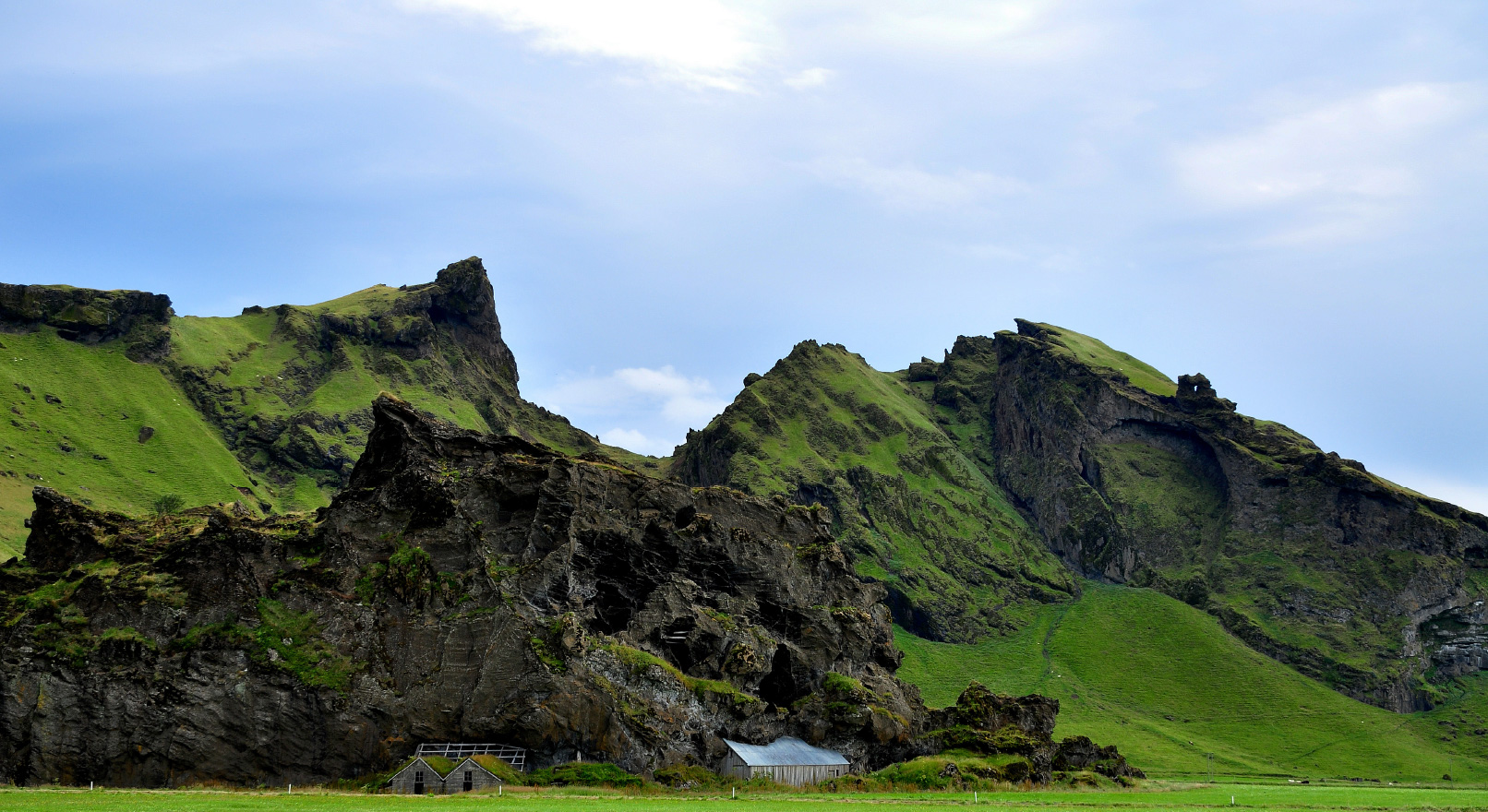
Managing sites of cultural and environmental significance at Edwards Sanborn
Reading time: 6 minutes
February 24, 2022
The Edwards Sanborn solar power and battery storage facility in California is one of the largest solar PV plus battery storage projects in the US which also happens to be located at an area of rich cultural and environmental heritage. Both of these issues need to be dealt with sensitivity.
art of Edwards Sanborn phase 1 is located on the Edwards Air Force Base. Within the site boundary there is also an ancient dry lake of cultural importance to two local indigenous tribes: the San Manuel Band of Mission Indians and the Tejon Indian Tribe.
Stakeholder engagement during development and construction of Edwards has therefore been particularly important, and Terra-Gen has worked closely with the two tribes and the US Air Force (as the lead permitting agency) to identify and manage potential impacts on culturally significant sites.
Terra-Gen retained its own archaeological consultant to help with this, as well as an independent archaeologist who reports to the Air Force Base team. All onsite workers also go through training on the cultural and environmental sensitivity of the area prior to commencing work.
In preparation for clearing land, a plan was developed in consultation with the two tribes. This addressed the treatment of known historic sites in the area, as well as how any inadvertent discoveries of cultural significance would be handled during project development. Archaeological monitoring protocols were established, and a plan to ensure the handling of any human remains or funerary objects discovered on site would be conducted in accordance with tribal wishes.
Tribal representatives directly monitor all ground disturbing activities. After mapping the area into grids, initial test pits revealed unexpected sites of importance. As a result, Terra-Gen downsized the initial project area and found alternative sites that had a lower risk of cultural impact.
Conservation of artifacts in their original location was agreed as the first choice for impact mitigation. Where this is not feasible, the archaeologists conduct excavation in consultation with the tribes, and artifacts are submitted to the California Historical Resources Regional Information Center. When human remains were discovered in one location, these were isolated in place and the area fenced off for protection, and a tribal ceremony was conducted over the remains.
Finally, a public outreach program was developed, aiming to build wider understanding of the cultural significance and history of the area.
Land clearing for phase 1 of Edwards Sanborn is now in advanced stages. The sites of most cultural importance have either been avoided or cleared without any significant issues.
Leading the industry on Joshua tree conservation
The Edwards Sanborn area is also home to the Joshua tree, a species being considered for listing under the California Endangered Species Act (CESA), according to the California Department for Fish and Wildlife (CDFW). This presents a challenge for the state of California, where thousands of megawatts of solar projects are being developed in desert areas that may be Joshua tree habitat.
Terra-Gen has led the way in developing an industry approach to this issue, creating a pathway for near-term renewable energy projects like Edwards Sanborn to proceed, while simultaneously supporting conservation of the Joshua tree.
Terra-Gen worked with the CDFW to develop a Joshua tree “take permit”, enabling the company to disturb examples of the tree where needed for project development, with an impact mitigation plan. The plan included providing $3.5 million to support broader conservation and mitigation efforts in others areas of high-quality Joshua tree woodlands, according to the fish and wildlife department plan. Terra-Gen is also working with the local Planning and Natural Resources Department to develop a Joshua tree Woodland Preservation Plan.
Following Terra-Gen’s lead, this approach is now being used by other project developers in the region. The outcome is a win-win for Edwards Sanborn and the CDFW, since climate change is a key threat to Joshua trees, and a risk that renewable energy projects like Edwards Sanborn contribute to mitigating.
The culmination of these efforts is a project that adds significant renewable energy and much needed storage capacity to the California grid, while demonstrating the continued environmental and cultural leadership that has made Terra-Gen a successful developer in the state for 15 years.
Important information
All data sources are independently verified and can be evidenced by Igneo Infrastructure Partners.
This material is for general information purposes only. It does not constitute investment or financial advice and does not take into account any specific investment objectives, financial situation or needs. This is not an offer to provide asset management services, is not a recommendation or an offer or solicitation to buy, hold or sell any security or to execute any agreement for portfolio management or investment advisory services and this material has not been prepared in connection with any such offer. Before making any investment decision you should consider, with the assistance of a financial advisor, your individual investment needs, objectives and financial situation.
We have taken reasonable care to ensure that this material is accurate, current, and complete and fit for its intended purpose and audience as at the date of publication. No assurance is given or liability accepted regarding the accuracy, validity or completeness of this material and we do not undertake to update it in future if circumstances change.
To the extent this material contains any expression of opinion or forward looking statements, such opinions and statements are based on assumptions, matters and sources believed to be true and reliable at the time of publication only. This material reflects the views of the individual writers only. Those views may change, may not prove to be valid and may not reflect the views of everyone at Igneo Infrastructure Partners or First Sentier Group.
About First Sentier Group
References to 'we', 'us' or 'our' are references to Igneo Infrastructure Partners or First Sentier Group (as applicable). First Sentier Group is a global asset management business which is ultimately owned by Mitsubishi UFJ Financial Group. Igneo Infrastructure Partners is an unlisted infrastructure asset management business and is part of the First Sentier Group.
We communicate and conduct business through different legal entities in different locations. This material is communicated in:
- Australia and New Zealand by First Sentier Investors (Australia) RE Ltd, authorised and regulated in Australia by the Australian Securities and Investments Commission (AFSL 240550; ABN 13 006 464 428)
- European Economic Area by First Sentier Investors (Ireland) Limited, authorised and regulated in Ireland by the Central Bank of Ireland (CBI reg no. C182306; reg office 70 Sir John Rogerson's Quay, Dublin 2, Ireland; reg company no. 629188)
- Hong Kong by First Sentier Investors (Hong Kong) Limited and has not been reviewed by the Securities & Futures Commission in Hong Kong. First Sentier Investors and Igneo Infrastructure Partners are business names of First Sentier Investors (Hong Kong) Limited.
- Singapore by First Sentier Investors (Singapore) (reg company no. 196900420D) and this advertisement or material has not been reviewed by the Monetary Authority of Singapore. First Sentier Investors (registration number 53236800B) and Igneo Infrastructure Partners (registration number 53447928J) are business divisions of First Sentier Investors (Singapore).
- United Kingdom by First Sentier Investors International IM Limited, authorised and regulated by the Financial Conduct Authority (reg. no. SC079063, reg office 23 St Andrew Square, Edinburgh, Scotland, EH2 1BB)
- United States by First Sentier Investors (US) LLC, registered with the Securities Exchange Commission (RIA 801#93167)
- Other jurisdictions, where this document may lawfully be issued, by First Sentier Investors International IM Limited, authorised and regulated in the UK by the Financial Conduct Authority (FCA ref no. 122512; Registered office: 23 St. Andrew Square, Edinburgh, EH2 1BB; Company no. SC079063).
To the extent permitted by law, MUFG and its subsidiaries are not liable for any loss or damage as a result of reliance on any statement or information contained in this document. Neither MUFG nor any of its subsidiaries guarantee the performance of any investment products referred to in this document or the repayment of capital. Any investments referred to are not deposits or other liabilities of MUFG or its subsidiaries, and are subject to investment risk, including loss of income and capital invested.
© Igneo Infrastructure Partners

